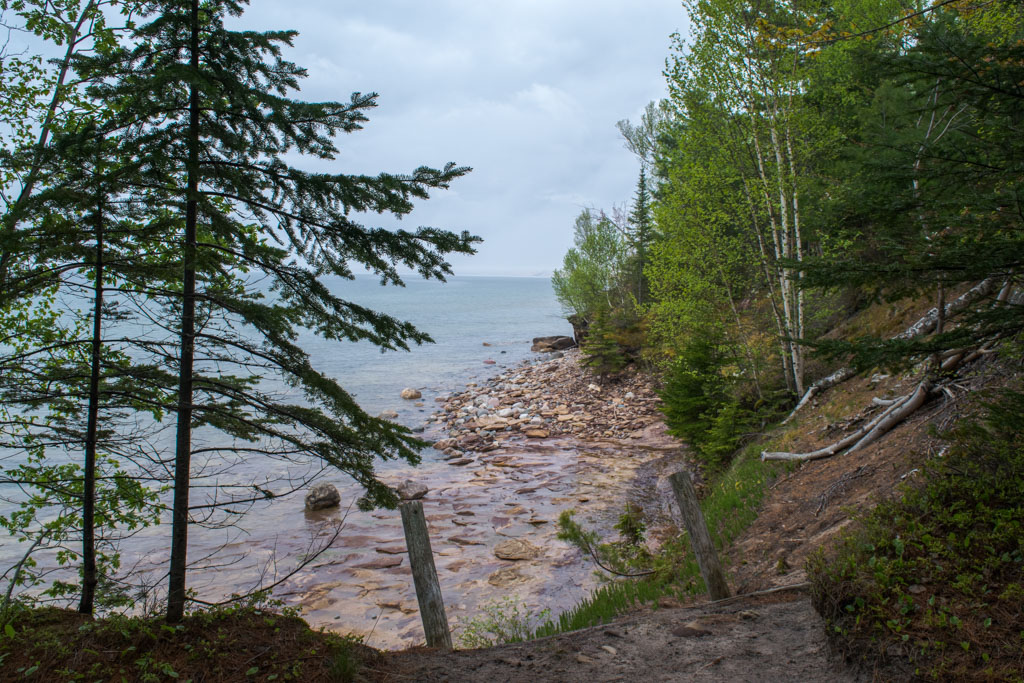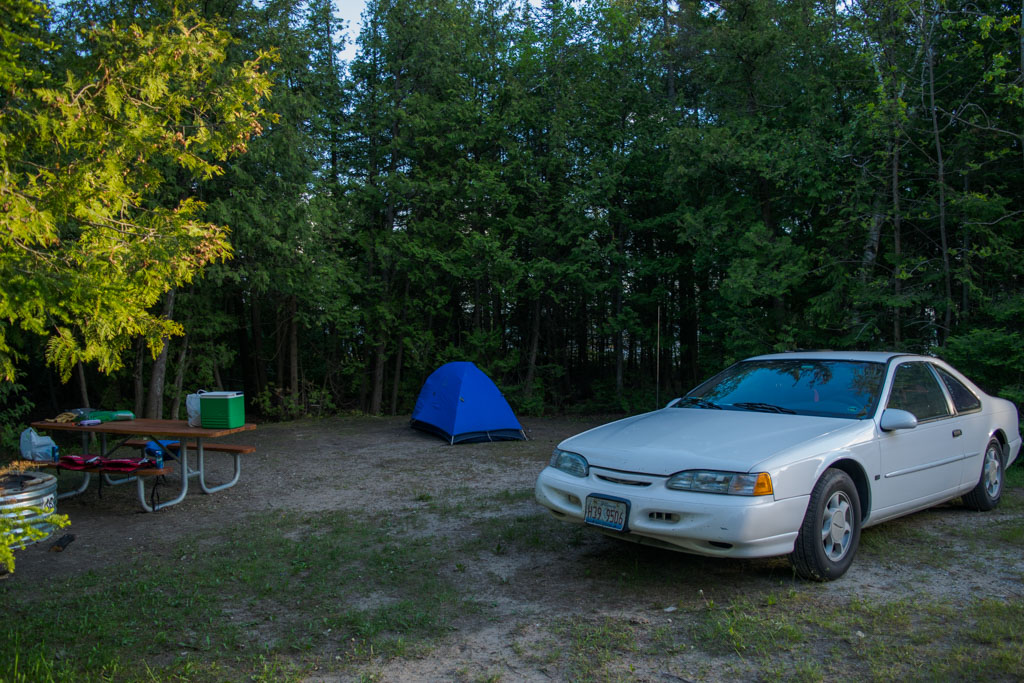
You know how you feel when you’re walking down the trail and it’s quiet and peaceful and maybe it’s a challenging hike but it’s fine because you’re achieved your zen state? You leave feeling tired and refreshed and renewed. That’s pretty much the same for everybody, regardless of their physical abilities. It’s one of the things that makes us human. Unfortunately, not everyone can get into the outdoors easily. I want to think a little bit on making the outdoors accessible to everyone. While ADA-accessible campgrounds and playgrounds do exist, we’ve got a long way to go before we live in an outdoor space that is welcoming and accessible to every American.
The Americans with Disabilities Act was passed in 1990 and requires that all state and local governments must make any building accessible when designing, building, altering, buying, renting, or leasing it. It also reaffirms that agencies are not required to change the character of a wilderness area to make it accessible, but it does protect the rights of anyone using a wheelchair to access that wilderness area. Since 1990 the Forest Service has focused on creating accessible spaces any time facilities are built or renovated, or programming is created. The intention is that anyone who wants to experience outdoor recreation on America’s public lands should have an equal opportunity to do so.
Why accessibility matters:
Accessibility in the outdoors was on my mind while I was writing up my thoughts on Marengo Ridge Conservation Area Thomas Woods Campground, I remembered how well built the trails were, and that these are some of the most ADA-friendly trails in the Chicago area. That was information I wanted to pass onto my younger sister, who before graduating college spent the summer working at a camp for special needs kids and adults in the Prairie du Chien region of Wisconsin. The camp where she worked caters to individuals of all ages with developmental disabilities who want a quality outdoor recreation experience. The camp offers fun, safe and rewarding outdoors programming in a supportive environment to any person with developmental disabilities.
Camp staff administered this supportive and fun programming while simultaneously providing one-on-one care to individual campers. That’s no small task. Individual counselors could be tasked with caring for the needs of a handful of individuals who each need specialized care that requires a great deal of attention. They provided that care while also escorting people in wheelchairs down the trail, to outdoor events, around camp and the region. Depending on that person’s abilities, they may or may not be able to express their needs easily, and anticipating those needs before they become a problem for the camper isn’t easy. It’s a job for very patient people who are very sensitive to the emotions and needs of others.
If, like myself, you’re a person who does not have a disability it can be tough to understand what barriers to entry exist to getting out into nature. I know what keeps me from getting into nature, and it’s things like having the time to get out or being too far away from expansive park systems. I live in the city, I have a full time job, it can be tough. All those same barriers exist for a person with a disability, but with the added challenge of navigating a difficult landscape, accessing sites that will accommodate their needs and dealing with people who for some reason thinks public lands are not intended for people with disabilities.
One of my sister’s more memorable (and rage-inducing) exchanges occurred when she was hiking in a local state park with a group of campers, one of whom uses a wheelchair. The camper was enamored with the beautiful forests of Southwestern Wisconsin in the summertime, even though this particular park wasn’t really accessible. My sister aided this camper by pushing her wheelchair down the path and helping to navigate the rocky terrain that wasn’t built for wheels. They accommodated other hikers by making sure not to block the trail, to make space for passers by and to be as considerate as they could to their fellow hikers. During the hike my sister helped the camper to use the facilities along the trail. During this time a total stranger apparently felt inconvenienced having to wait a few minutes and as my sister put it “she basically told us we don’t belong here.” The incident left my sister feeling down on herself, and it upset the other hikers in their group that day. I hope that lady left feeling pleased with herself for having bullied a group of disabled hikers on a beautiful summer afternoon for nothing more than the crime of trying to go on a hike.
Beyond that, her argument is nonsense. Ableist, offensive nonsense. America’s public lands are for everyone. (Even that lady, and she sounds insufferable.) Public lands are exactly that – for the public. According to the 2010 census, 54 million people “had a disability that significantly limited one or more major life activities, such as walking, seeing, hearing, breathing, and thinking.” Beyond that, because America’s population is aging rapidly, by 2030 80 million people will be 65 or older. That means day-by-day the number of Americans who live with a disability is increasing.
Almost three million American kids have a disability. That can mean anything from hearing, cognitive, mobility or vision difficulties and probably more beyond that. Just like anyone else, they can reap the benefits we all enjoy from the outdoors and nature. Outdoor recreation has the exact same mental and physical benefits for a non-disabled adult as they do for someone with a disability. It’s our job to make sure everyone has access to the outdoors, regardless of their ability. Does that mean we need to pave the dunes in Ludington, Michigan or lower the grade on Hoosier Hill? No, don’t be ridiculous. When making the decision to construct or alter a building, trail, recreation site that already exists it’s vital to ask “how can we design, purchase or build it to ensure that all people have an equal opportunity to use this facility?” We can make our public lands more accessible to everyone using ecologically sound practices that protect our environment, and allow persons with disabilities to reap the benefits of outdoor recreation.
For folks like me who do not (today, at least) have a disability to contend with, can still help out without being huge jerks. When your local park updates a facility, it will do so in line with the Americans with Disabilities Act, but it can still take public pressure to make sure that new programming is equally accessible. If you know someone who has a disability, invite them on a hike with you and help them to enjoy the outdoors. Have patience when you encounter a fellow hiker who has a disability, and be as courteous as you would with any other hiker you meet. Also, don’t assume that if someone is struggling that they need your help, ask if they want your help first.
























